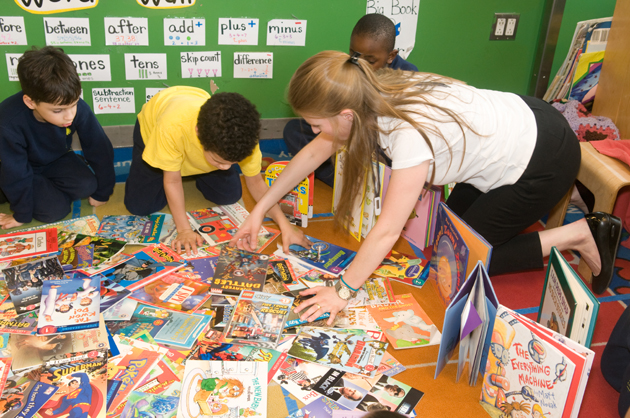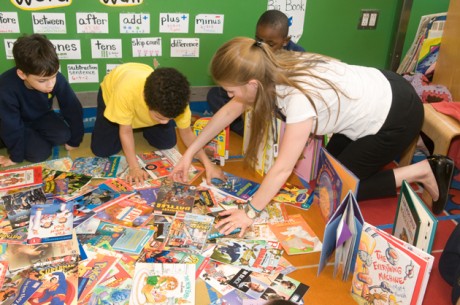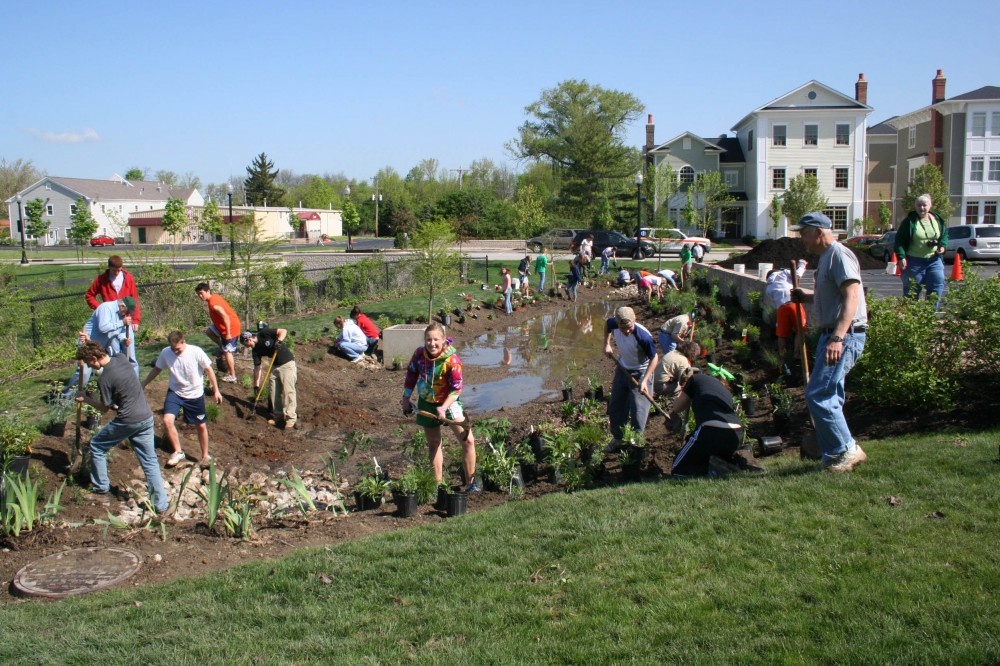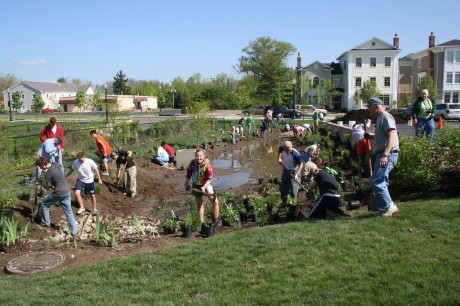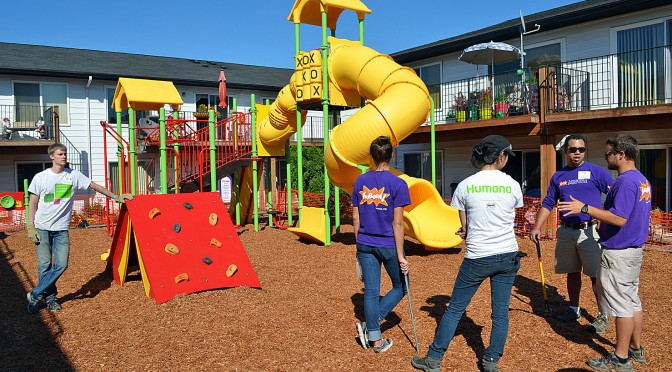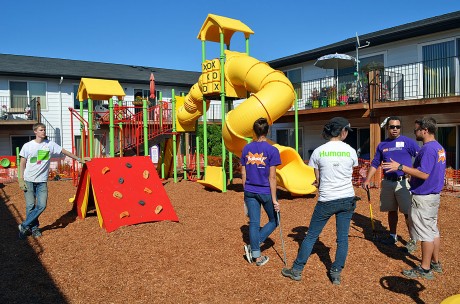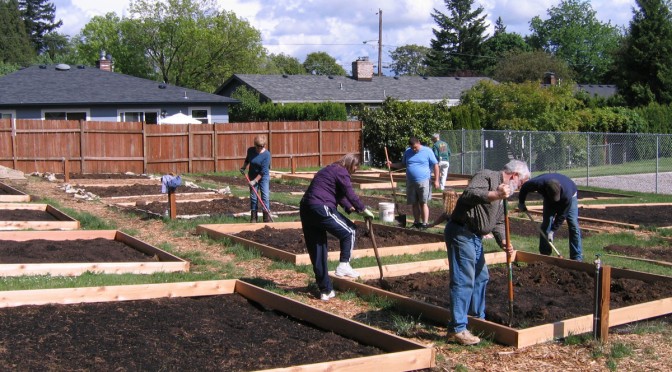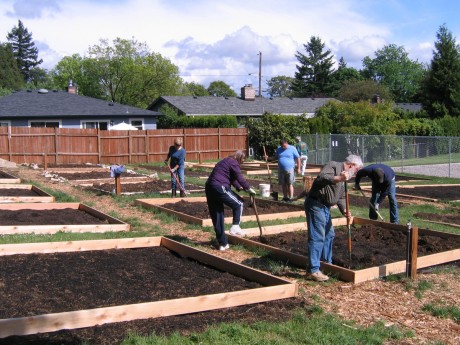6 Community Service Ideas You Cannot Afford To Ignore
May 18, 2021 Community Projects 0
What fires you up? What kind of issues do you care about? What is that one thing you consider doing to make your community better than you found it? It is hard to answer all these questions with certainty but fact is, there is a lot more you can do than you can ever imagine. The following tips will make it easy for you to come up with ideas that can help your community.
Home Improvement
You would be surprised to find the kind of things you can do to help people in your community live better lives. It gets better if you have a skill that people need day in day out. Visit that elderly couple during winter just to find out if they keep warm. Take a look at their AC and heating system. If the system has glitches, offer to fix it for them free of charge. If by any chance you cannot fix the system, consider consulting AC & heating experts to fix the system. At the end of the day, what matters is doing something kind for someone in your community.
Home Safety
So many accidents occur every year as a result of accidents at home that can otherwise be avoided. With that in mind, volunteer to teach other in your community basic home safety tips. If you are skilled at first aid, even better. Offer to teach other basic first aid skills. You may not know it but by the time you are done, you will have saved a life or two.
Energy
The cost of living is always heading North. It gets worse with electricity and other utility bills that come knocking every month. Embark on a door to door campaign to help people in your neighborhood learn what it takes to save energy. Let them know of alternative sources of energy and remind them what it takes to save energy. This could as simple as reminding people the importance of turning switches off when they are not in use.
Environment
Plant trees if you can. That may sound like biting more than you can chew but it isn’t. Imagine visiting your neighborhood ten years later just to stumble upon mature trees you planted at a local park. Alternatively, you can organize a cleanup exercise during a weekend.
Car wash
This is where money comes in. No one can offer to wash someone’s car free of charge. But for the sake of making your community better you can. Offer to wash your neighbors’ car, not for free but for a fee. Then donate the amount you make to a shelter or an orphan home. To make the whole exercise fun, offer to do it with a group of 5 to 10 people.
Visit a children’s home
Imagine growing up without the company of your loved ones. It is sad to say the least. Now imagine a stranger showing up one day where you live and showering you with the kind of love and tenderness a father or mother can offer his or her children. The feeling is priceless. On that note, visit a children’s home with your friends and offer to play with the children. Then remember to carry toys, foodstuff and gifts for the orphans.




